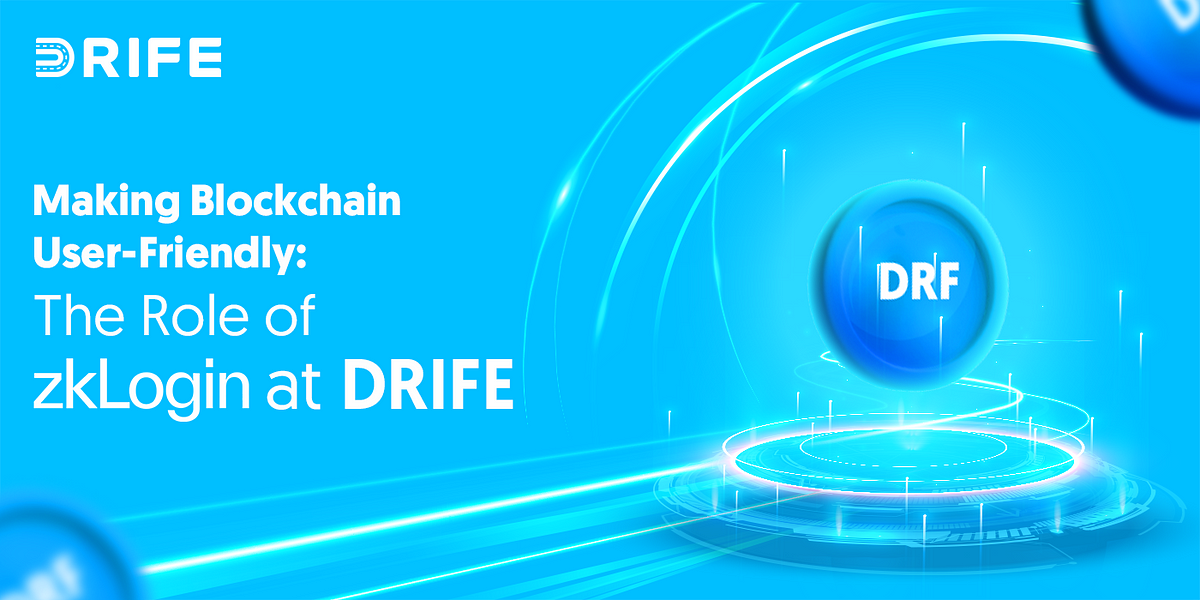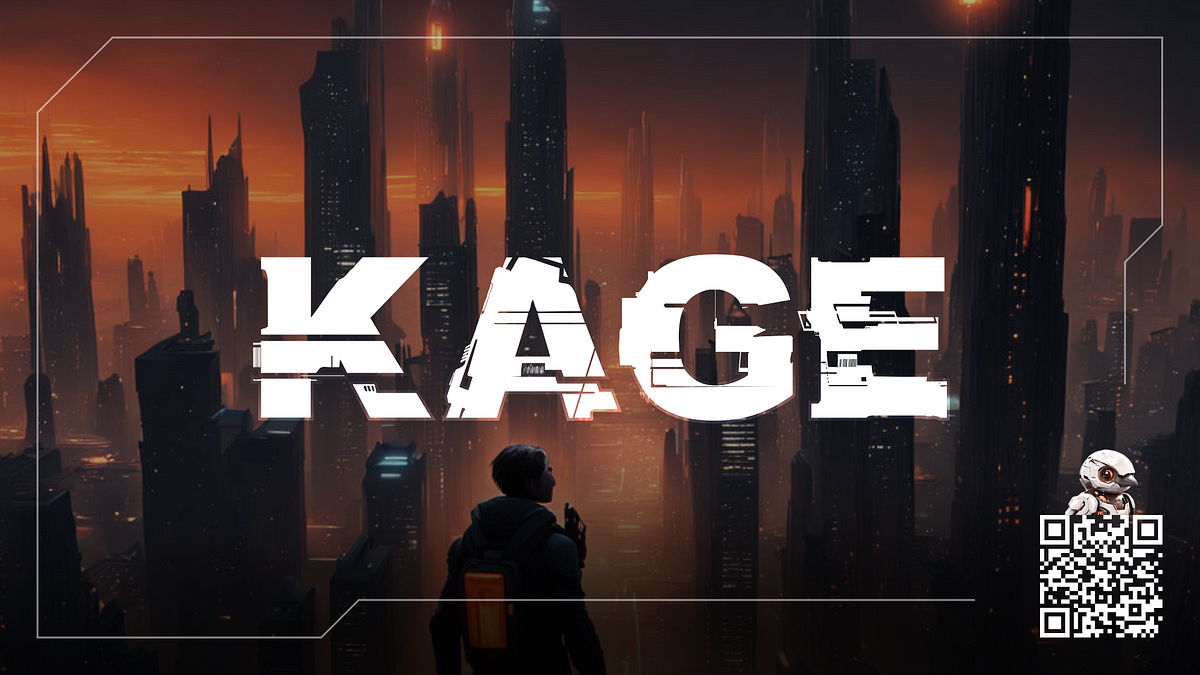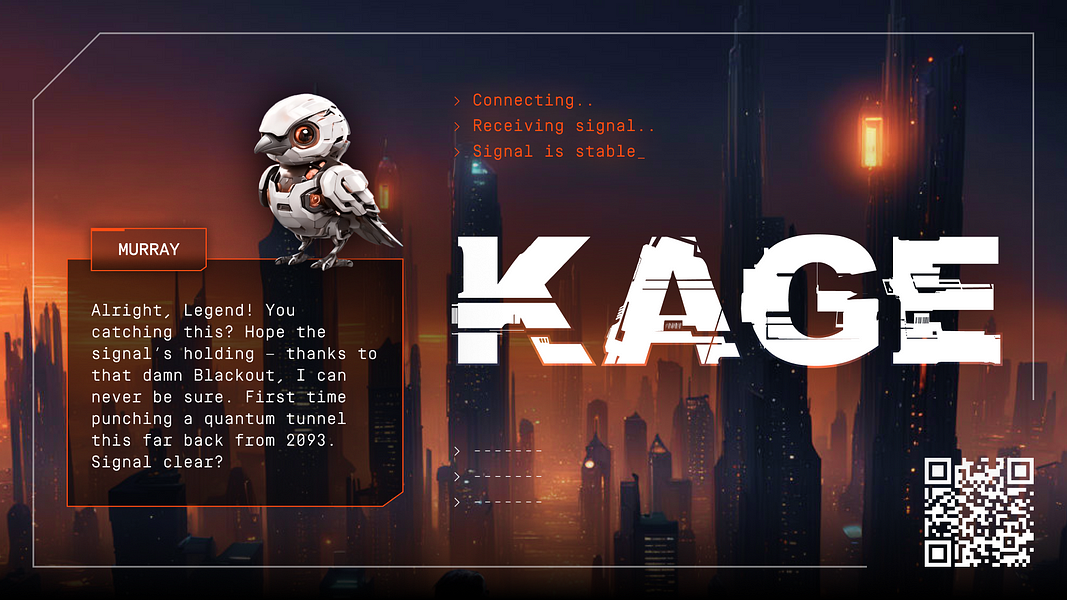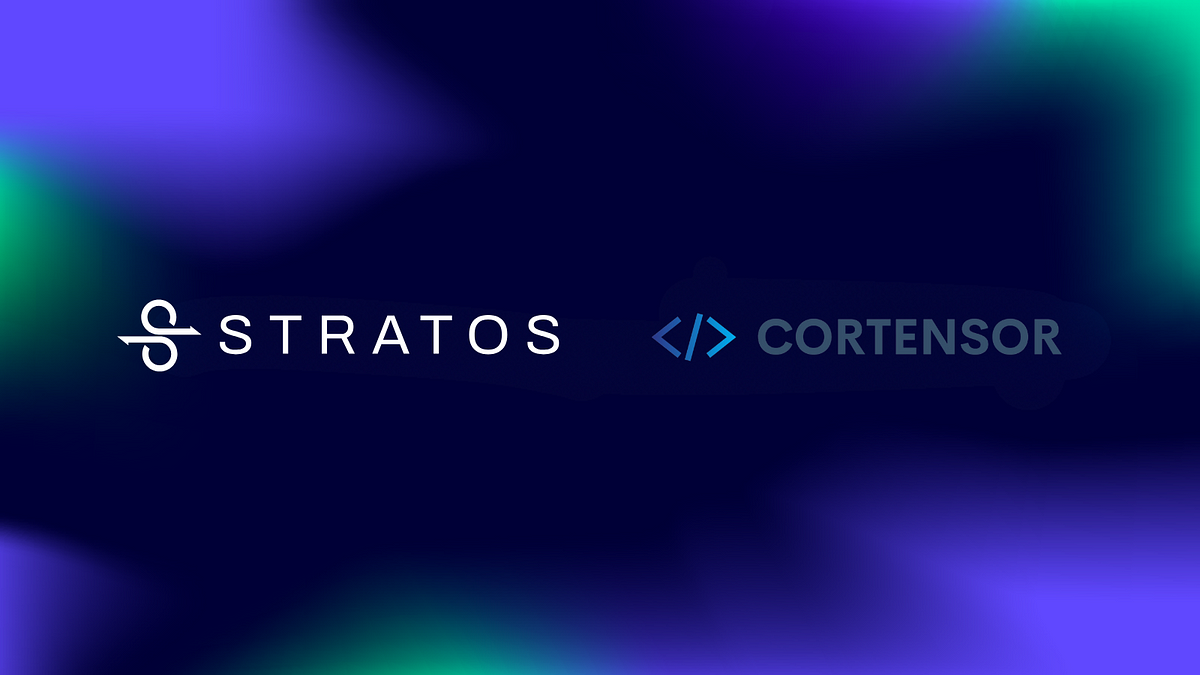Roam Launches Telecom Data Layer for Enhanced Global Connectivity

Roam is revolutionizing global wireless connectivity by transitioning from a standalone DePIN (Decentralized Physical Infrastructure Network) project into a comprehensive public platform known as the “Telecom Data Layer”. This transformation is aimed at creating a seamless and intelligent ecosystem that bridges people, devices, data, and AI. The Roam Telecom Data Layer comprises four core modules: Roam Network, Roam Growth, Roam Discovery, and Roam Community. Together, these modules form a Blockchain of Things (BoT) ecosystem that enhances network vitality and fosters global expansion.
A standout feature of the Roam Network is its global open wireless network, which incentivizes users through tokens to contribute to network growth and node validation. This participation generates valuable geolocation and time-based data, forming the backbone of Roam’s Telecom Data Layer. Users can easily engage with the network by downloading the Roam App, where they can add WiFi locations or check into existing nodes to earn Roam Points. Following the upcoming Token Generation Event (TGE), these points can be converted into $ROAM tokens, rewarding users for their contributions. Additionally, Roam offers specialized Roam Miner Router nodes that provide high-speed connectivity and blockchain mining capabilities, further driving decentralized infrastructure development.
Roam also emphasizes seamless and secure connectivity through its WiFi nodes, which include OpenRoaming™ nodes and self-build nodes. These nodes allow users to connect effortlessly across networks, eliminating the need for repeated logins. The introduction of Roam eSIM enhances global roaming capabilities, allowing users to activate services without a physical SIM card while ensuring data security and affordability. By integrating blockchain technology with real-world infrastructure, Roam is set to reshape global network collaboration, empowering users and developers alike in a new era of connectivity.
Related News





